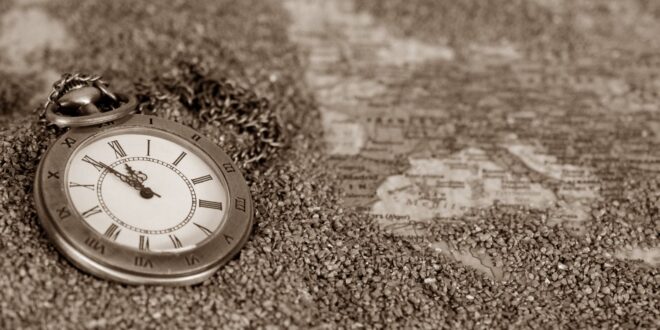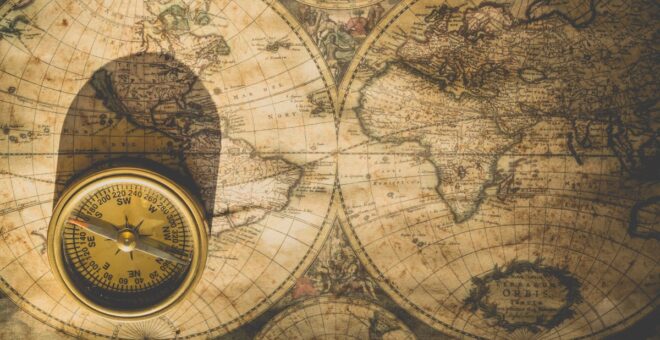 I was recently contacted by Jan Terje Johansen, a developer at Datek Wireless AS in Norway, with an interesting bug report. Datek uses the Zmanim API (the AstronomicalCalendar base class) to allow their clients (the power company and stadiums) to remotely (via a web interface) control streetlights and stadium lights throughout Norway using a wireless lighting control system that they developed. The zmanim code is used to allow setting the lighting times based on an offset of sunrise/sunset. For the technically curious, they are controlled primarily through GPRS, with SMS as fallback. A version under development uses ZigBee. The bug encountered was that for Tromsoe (Tromsø), Norway, as well as other areas within the Arctic Circle that experience the midnight sun, from May 13th to May 17th (the date of last rise of the season in Tromsoe), the zmanim API produced correct sunrise/set times, but the date component (The API returns all times as Java Dates, something that might change with v2.0 of the API that will target JDK 7 to take advantage of JSR-310 Date and Time API) was a day off. For non-automated systems, the date component is not important, but in their case it would cause the lights to go on/off on the wrong day. Jan provided a suggested patch that worked well. The actual fix I used was slightly different because I took advantage of the time spent on fixing the bug to refactor and simplify the code. This change as well as a few other changes are part of the Zmanim 1.1 beta release that will likely be released as a final release in a few days. Jan mentioned that:
I was recently contacted by Jan Terje Johansen, a developer at Datek Wireless AS in Norway, with an interesting bug report. Datek uses the Zmanim API (the AstronomicalCalendar base class) to allow their clients (the power company and stadiums) to remotely (via a web interface) control streetlights and stadium lights throughout Norway using a wireless lighting control system that they developed. The zmanim code is used to allow setting the lighting times based on an offset of sunrise/sunset. For the technically curious, they are controlled primarily through GPRS, with SMS as fallback. A version under development uses ZigBee. The bug encountered was that for Tromsoe (Tromsø), Norway, as well as other areas within the Arctic Circle that experience the midnight sun, from May 13th to May 17th (the date of last rise of the season in Tromsoe), the zmanim API produced correct sunrise/set times, but the date component (The API returns all times as Java Dates, something that might change with v2.0 of the API that will target JDK 7 to take advantage of JSR-310 Date and Time API) was a day off. For non-automated systems, the date component is not important, but in their case it would cause the lights to go on/off on the wrong day. Jan provided a suggested patch that worked well. The actual fix I used was slightly different because I took advantage of the time spent on fixing the bug to refactor and simplify the code. This change as well as a few other changes are part of the Zmanim 1.1 beta release that will likely be released as a final release in a few days. Jan mentioned that:
“IMHO your API is easily the best and most accurate Open Source sunset/sunrise API out there”. He continued: “Officially (according to the Norwegian Meteorology Institute), the midnight sunset/sunrise is from May 20 to July 22 in Tromsoe, ie. the complete sun is above the horizon 24 hours. Parts of sun is visible 24 hours a day in Tromsoe from May 18th to July 25th. This is the same as in your calculations.” … “I have tested your calculations against other official midnight sunrise/sunset (part of sun) dates in Northern-Norway (North Cape, Hammerfest, Longyearbyen (78,049762N -15,458252E)) and they are spot on.”
In response to my question regarding his testing of the NOAACalculator versus the USNOCalculator he had an interesting and very practical answer
“We prefer to use USNO calculator as it is more in tune with the sunrise/sunset times printed in most newspapers. You see, our experience is that most users don’t look at the sun to determine sunrise/sunset but read the times in the newspaper. If our times don’t correspond to the printed ones, something is wrong with our system in their mind.”
 A release candidate (RC1) of the
A release candidate (RC1) of the  The
The  I have been asked a number of questions recently about the directional accuracy of the
I have been asked a number of questions recently about the directional accuracy of the